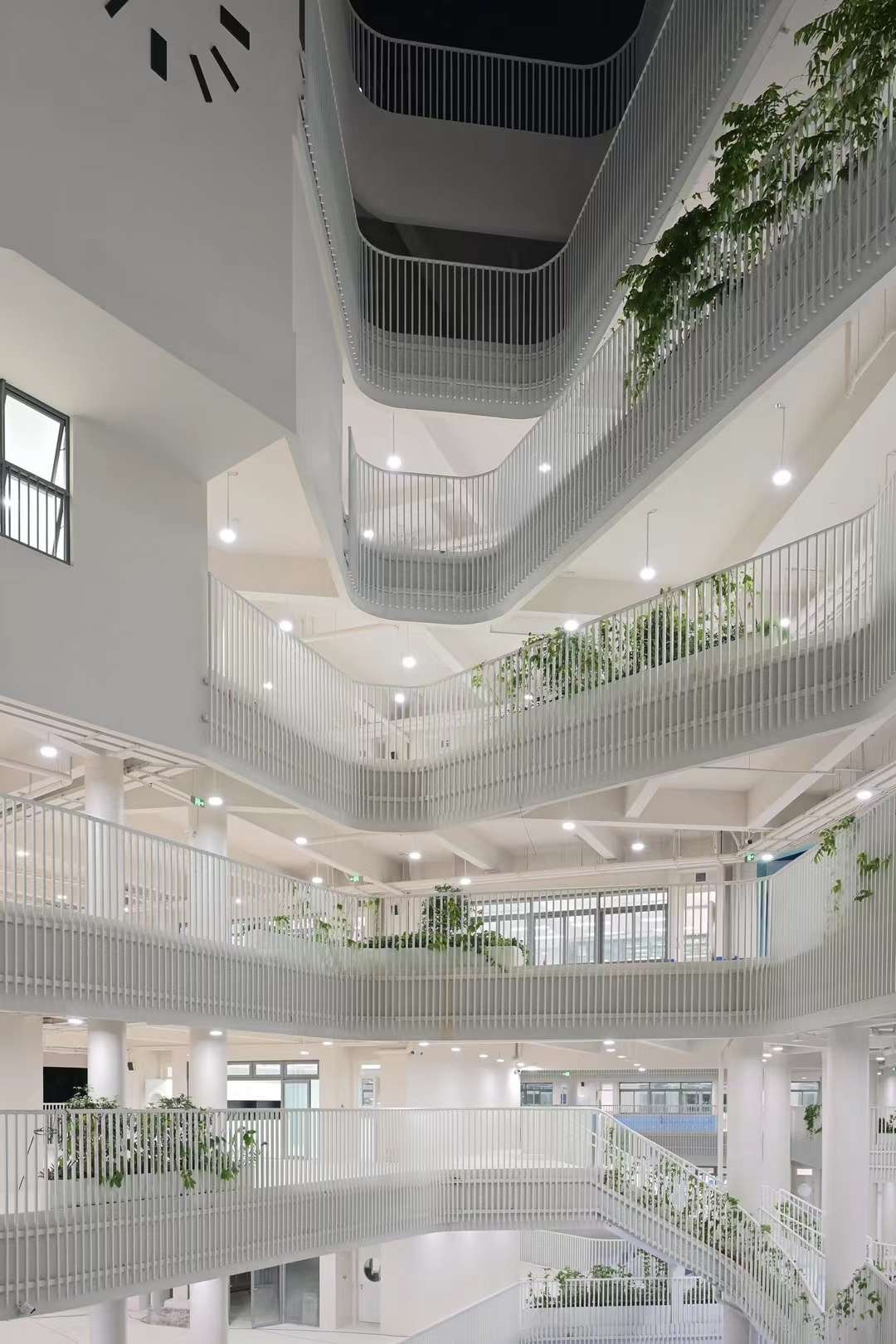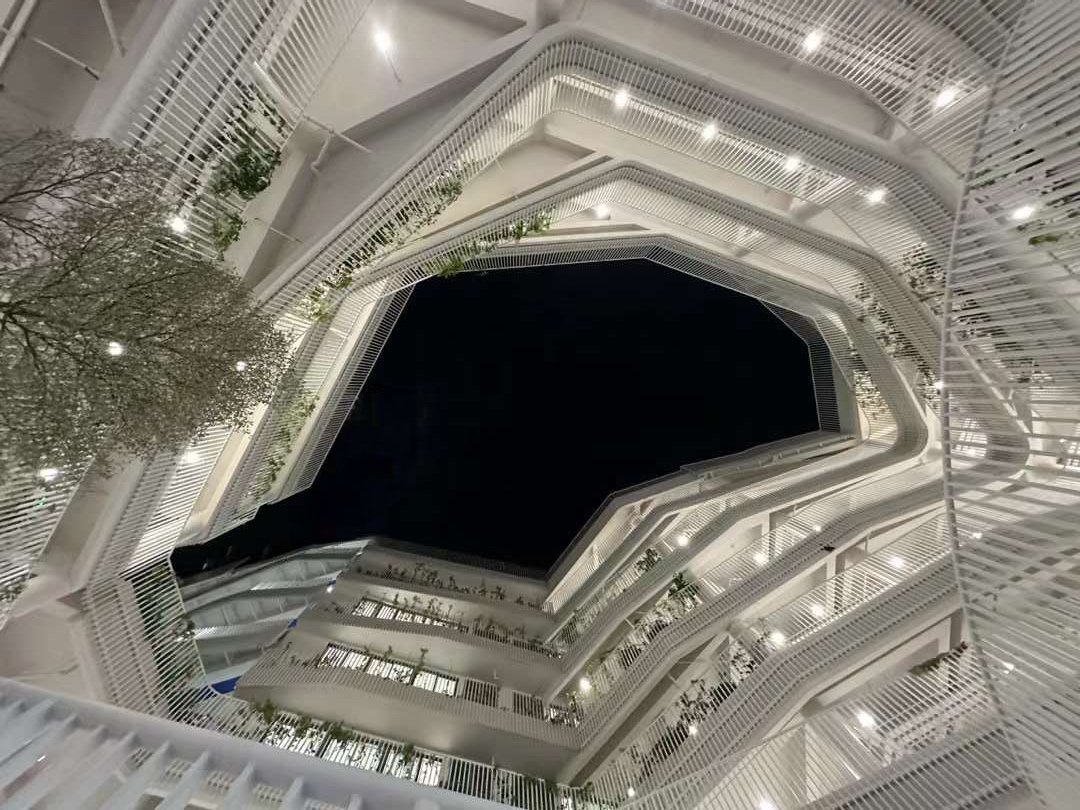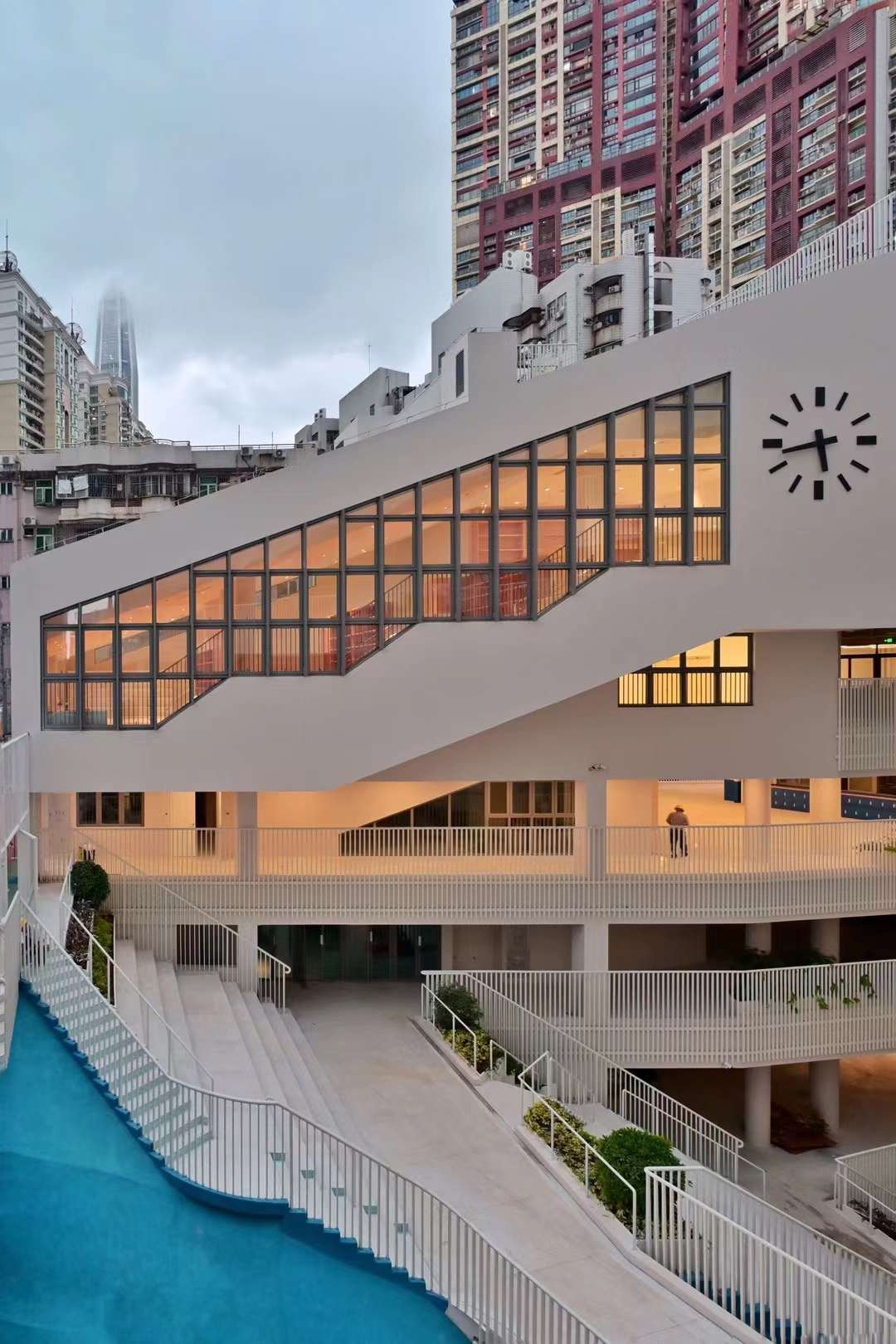
Learning Landscape Elementary School
LOCATION
Shenzhen, China
DATE
2024
CLIENT
Shenzhen Wuzhou Elementary School
TYPE
Public Elementary School
TEAM
James Shen, He Zhe, Zang Feng, Kim Dahyun, Xu Jialing, Li Zhenghua, Yang Qian, Wang Dawei, Li Qiuwan
AREA
221,036SF/20,535SM
Inspired by natural landscapes, the Learning Landscape of Wuzhou Primary School is a terrain of differentiated spaces for exploration, imaginative play, and physical and sensorial engagement. A rich array of learning spaces allows for unique educational experiences to meet differing needs of students, as teaching becomes more student-centered. Varied spaces can be adapted to new educational approaches as curriculums inevitably change.
Exterior spaces are also designed for learning. Large openings, covered exterior spaces, and flexible furniture help breakdown the boundary between indoor and outdoor spaces. Learning outside means students can engage in messy scientific experiments, study nature first-hand, and not be limited by their desk.
The school is organized around three main ‘landscape’ features: the Mountain located in the north courtyard, the Beach in the south courtyard, and the central Valley connecting the two courtyards. These are defined in form but are undefined in use. The Mountain and Beach can host gatherings on different scales while their sloped terrain encourages play-based learning. The high semi-outdoor Valley area provides a stage for performances, flexible space for hands-on learning activities, and ample area for exhibiting creative student work. There are also many semi-private nooks scattered throughout the school for quiet study.
To foster cross-disciplinary education, interstitial spaces between different programs and circulation areas are expanded for informal learning spaces without specific functions. These spaces are flexible, support ad hoc activities, groups and individual learning.
Vegetation, integrated throughout the school and on its roof, helps with cooling in Shenzhen’s tropical climate, filters pollution, and dampens noise from the busy streets. Students will also study and nurture these plants. From an urban scale, the school is an extension of the large park directly to the north. The school’s raised floors and lower elevation creates buoyancy-driven natural ventilation through the building towards the park. In addition, the cooling effect of the school’s natural greenery helps mitigate the urban heat island effect of surrounding commercial development.













